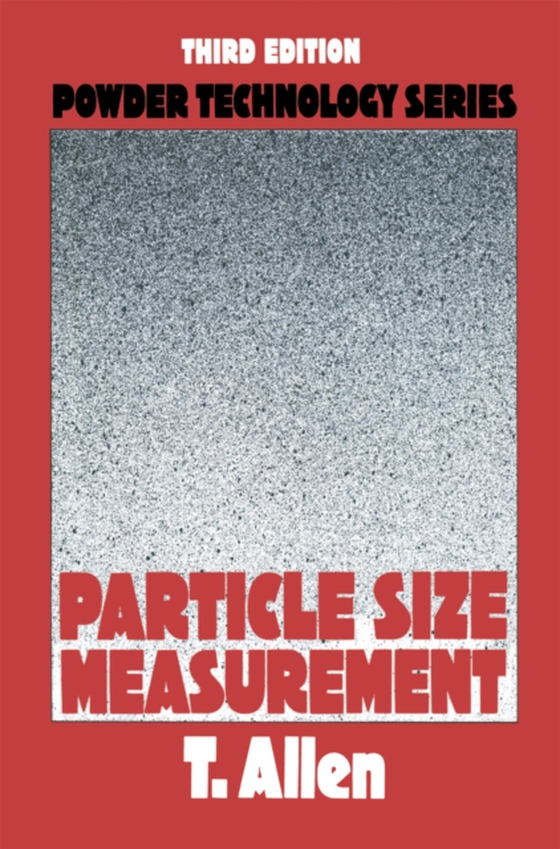
Particle size measurement e-bog
1386,89 DKK
(inkl. moms 1733,61 DKK)
Although man's environment, from the interstellar dust to the earth beneath his feet, is composed to a large extent of finely divided material, his knowledge of the propert- ies of such materials is surprisingly slight. For many years the scientist has accepted that matter may exist as solids, liquids or gases although the dividing line between the states may often be rather blurred; this class...
E-bog
1386,89 DKK
Forlag
Springer
Udgivet
21 november 2013
Genrer
PDD
Sprog
English
Format
pdf
Beskyttelse
LCP
ISBN
9781489930637
Although man's environment, from the interstellar dust to the earth beneath his feet, is composed to a large extent of finely divided material, his knowledge of the propert- ies of such materials is surprisingly slight. For many years the scientist has accepted that matter may exist as solids, liquids or gases although the dividing line between the states may often be rather blurred; this classification has been upset by powders, which at rest are solids, when aerated may behave as liquids, and when suspended in gases take on some of the properties of gases. It is now widely recognized that powder technology is a field of study in its own right. The industrial applications of this new science are far reaching. The size of fine particles affects the properties of a powder in many important ways. For example, it determines the setting time of cement, the hiding power of pigments and the activity of chemical catalysts; the taste of food, the potency of drugs and the sintering shrink- age of metallurgical powders are also strongly affected by the size of the particles of which the powder is made up. Particle size measurement is to powder technology as thermometry is to the study of heat and is in the same state of flux as thermometry was in its early days. Only in the case of a sphere can the size of a particle be completely described by one number.
 Dansk
Dansk

